Questioning and predicting
Based on the Australian Curriculum, Questioning and predicting in Science Year 3 includes:
- ACSIS053 With guidance, identify questions in familiar contexts that can be investigated scientifically and make predictions based on prior knowledge
- Plus Plan
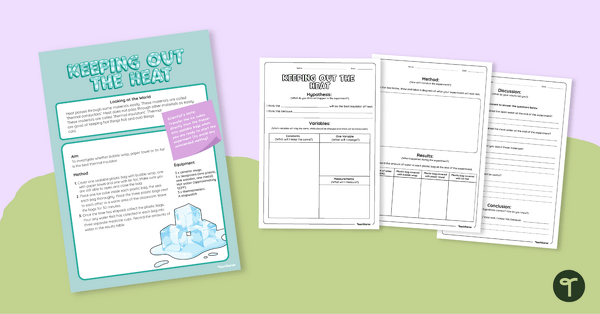
Heat Insulators Science Experiment (Keeping Out the Heat)
Investigate heat insulators with your students using this engaging science experiment.
- Plus Plan
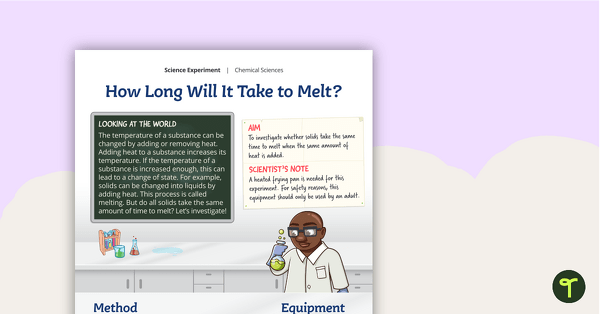
Science Experiment – How Long Will It Take to Melt?
A science experiment which explores the change of state from solid to liquid.
- Plus Plan
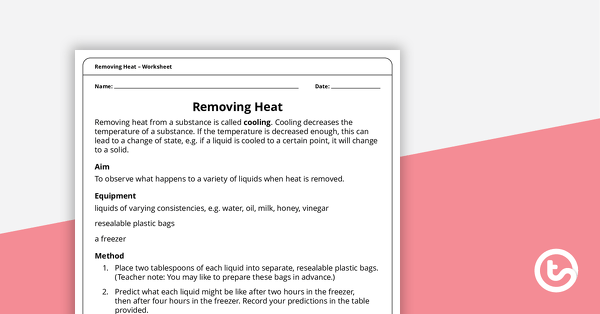
Removing Heat – Worksheet
An activity to demonstrate what happens to a variety of liquids when heat is removed.
- Plus Plan
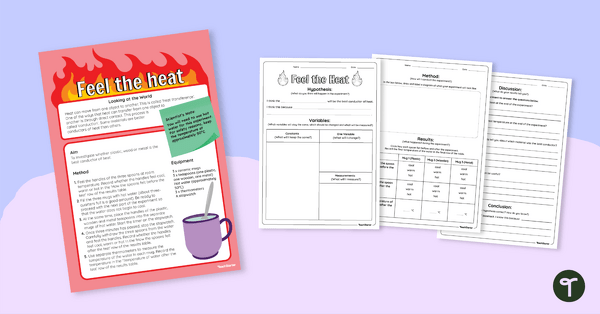
Heat Conductors Science Experiment (Feel the Heat)
Investigate heat conductors with your students using this engaging science experiment.
- Plus Plan
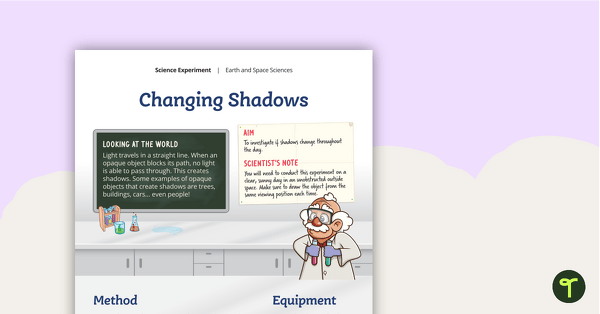
Science Experiment - Changing Shadows
Explore how shadows change throughout the day with this hands-on science experiment.
- Plus Plan
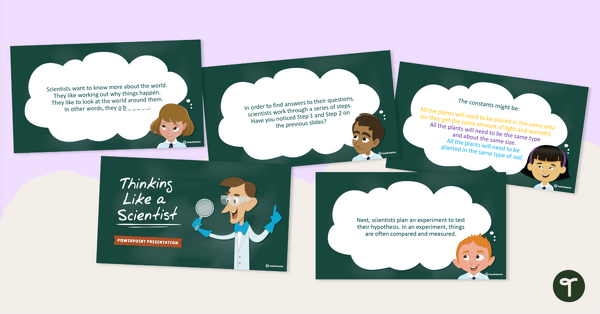
Thinking Like a Scientist PowerPoint
A 20 slide teaching presentation to use when introducing your students to the scientific method.
- Plus Plan
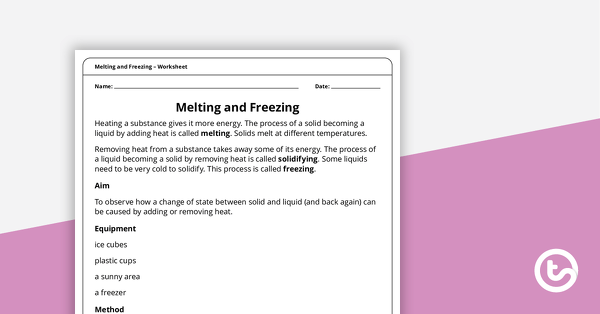
Melting and Freezing - Worksheet
An activity to demonstrate how a change of state between solid and liquid (and back again) can be caused by adding or removing heat.
- Plus Plan
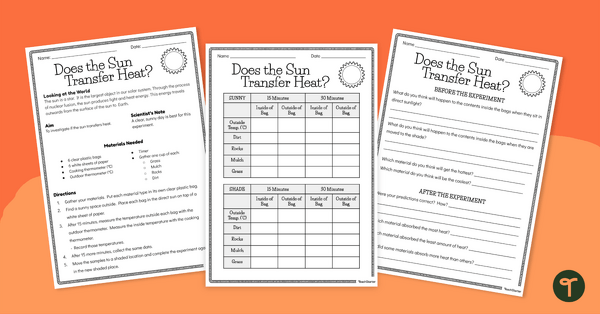
Does the Sun Transfer Heat? – Science Experiment
Discover how the sun transfers thermal energy and which objects absorb more heat with this science experiment for kids.
- Plus Plan
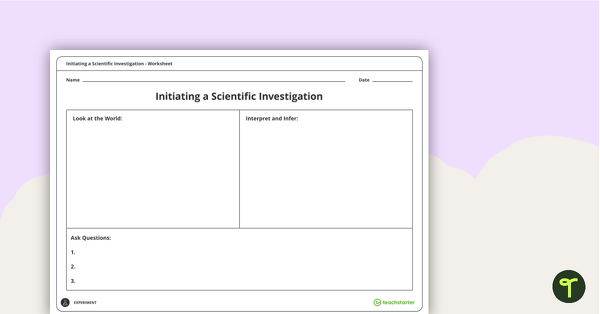
Initiating a Scientific Investigation Worksheet
A worksheet to help the students begin the process of a scientific investigation.
- Plus Plan
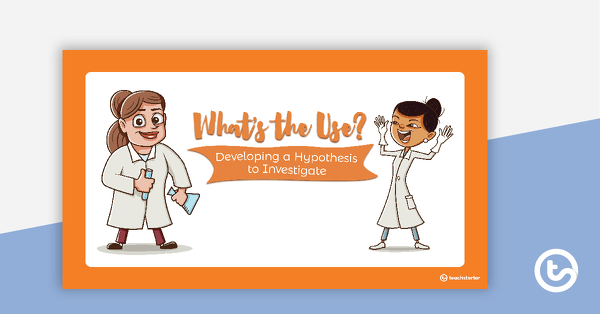
What's the Use? PowerPoint - Developing a Hypothesis to Investigate
A teaching presentation discussing the development of a scientific hypothesis.
- Plus Plan
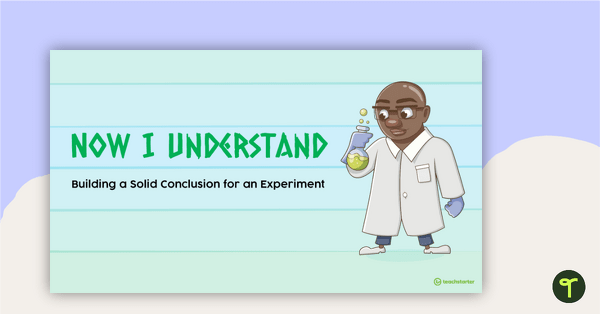
Now I Understand PowerPoint - Building a Solid Conclusion for an Experiment
An educational teaching presentation introducing the students to the R.E.R.U.N. method for writing a scientific conclusion.
- Plus Plan
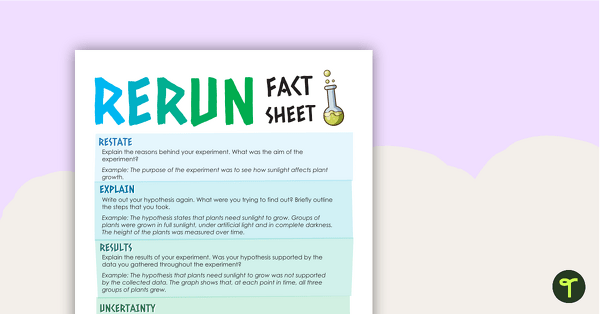
R.E.R.U.N. - Writing a Scientific Conclusion Fact Sheet
An educational fact sheet introducing the students to the R.E.R.U.N. method for writing a scientific conclusion.
- Plus Plan
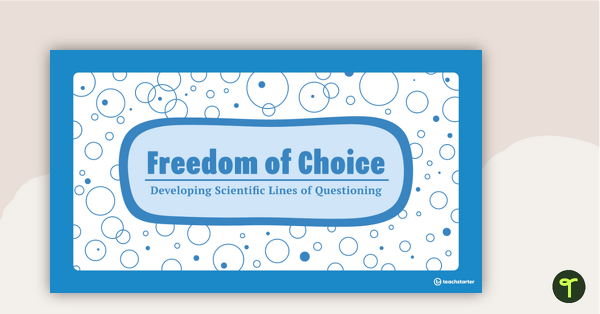
Freedom of Choice PowerPoint - Developing Scientific Lines of Questioning
A teaching presentation discussing the development of scientific lines of questioning.
- Plus Plan
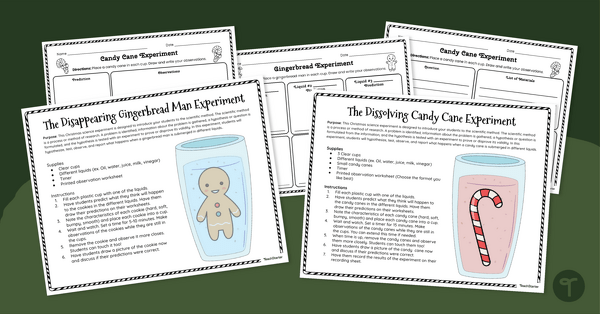
Christmas Science Experiments
Perform Christmas Science Experiments and teach your students about the scientific method with a set of two printable Christmas Science activities.
- Plus Plan
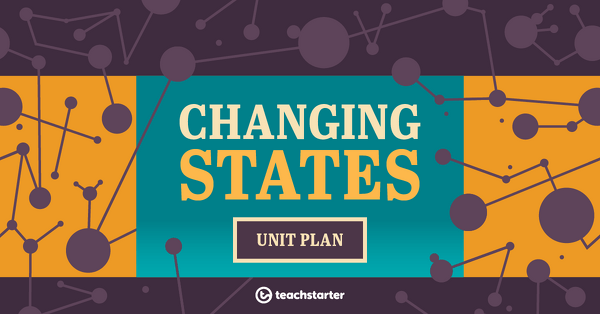
Changing States Unit Plan
This Chemical Sciences unit addresses how changes in state from solid to liquid and liquid to solid can be caused by adding or removing heat.
- Plus Plan
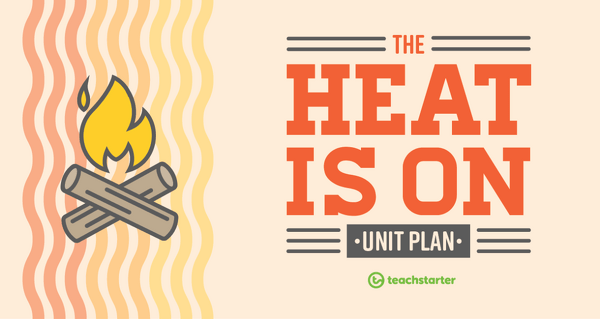
The Heat is On Unit Plan
This Physical Sciences unit addresses the concept of heat energy, including heat sources, heat transfer, thermal conductors and thermal insulators.
- Plus Plan
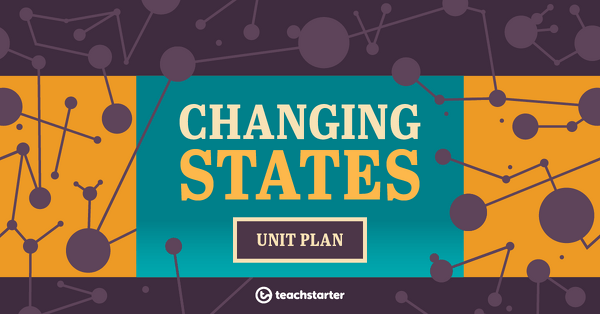
Adding Heat
A 60-minute lesson in which students will investigate what happens when heat is applied to a range of solids.
- Plus Plan
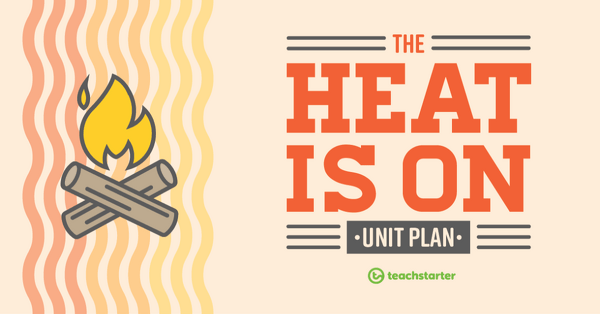
Thermal Insulators - Keeping Out the Heat
A 60 minute lesson in which students will investigate which materials are the best thermal insulators.
- Plus Plan
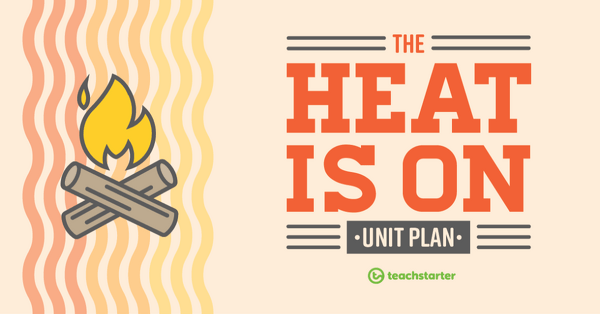
Thermal Conductors - Feel the Heat
A 60 minute lesson in which students will investigate which materials are the best thermal conductors.
- Plus Plan
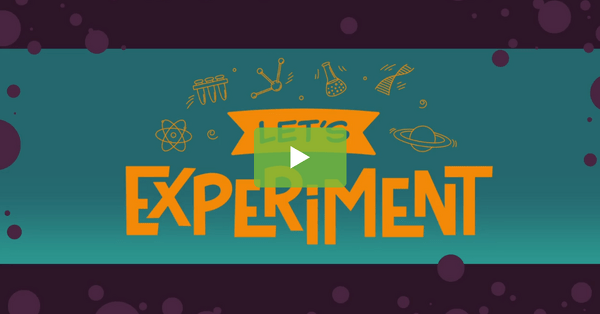
Changing States of Matter Video – How Long Will It Take to Melt?
Watch this fun changing states of matter science experiment video with your Year 3 class, and skip the melty classroom mess!